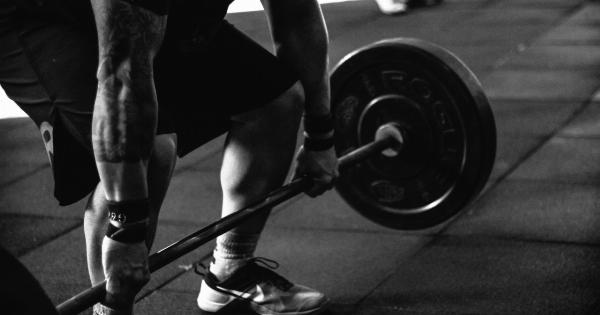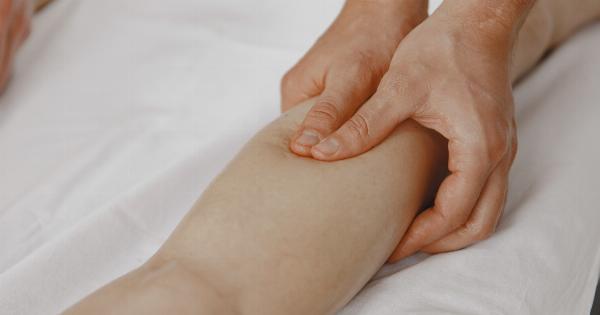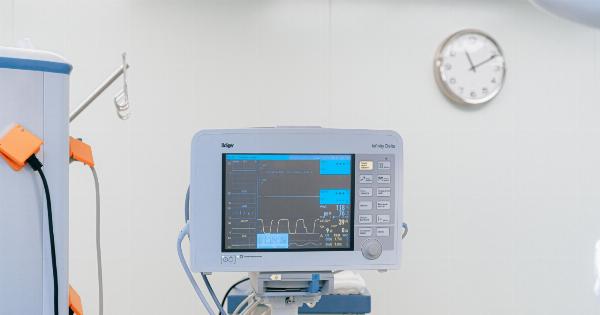Muscle dystrophy is a group of genetic disorders characterized by progressive muscle weakness and wasting. It primarily affects children and can have a significant impact on their overall health and quality of life.
While there are different types of muscle dystrophy, they all share some common symptoms. Early identification of these symptoms is crucial for early intervention and management. This article will discuss the most common symptoms of muscle dystrophy in children.
1. Muscle Weakness
One of the earliest and most noticeable symptoms of muscle dystrophy in children is muscle weakness. This weakness typically starts in the pelvic and shoulder muscles and gradually progresses to other areas of the body.
Children may have difficulty standing up from a seated position, climbing stairs, or lifting objects. They may also experience muscle fatigue with minimal exertion.
2. Motor Skill Delay
Children with muscle dystrophy often experience delays in the development of motor skills. They may have trouble sitting up, crawling, walking, or running at the expected age milestones.
These delays are due to muscle weakness and poor muscle tone, which makes it difficult for them to perform certain movements and activities.
3. Gait Abnormalities
Gait abnormalities are common in children with muscle dystrophy. They may have an unusual walking pattern, such as walking on their toes or with a waddling gait. These abnormalities occur due to the weakness of the muscles in the legs and hips.
Gait abnormalities can worsen over time as the condition progresses.
4. Frequent Falls
Children with muscle dystrophy often experience frequent falls due to muscle weakness and balance problems. They may have difficulty maintaining their balance while walking, climbing stairs, or participating in physical activities.
The risk of falls can increase as the condition progresses and muscle strength further declines.
5. Muscle Cramps and Contractures
Muscle cramps and contractures are common symptoms in muscle dystrophy. Cramps are involuntary, painful muscle contractions that can occur spontaneously or with minimal exertion.
Contractures are the permanent shortening and tightening of muscles and tendons, leading to decreased range of motion and joint stiffness.
6. Difficulty Breathing
Some types of muscle dystrophy can affect the muscles involved in breathing. Children may experience respiratory symptoms such as shortness of breath, rapid breathing, and difficulty coughing or clearing secretions.
This can result in a decreased tolerance for physical activity and an increased risk of respiratory infections.
7. Scoliosis
Scoliosis, an abnormal curvature of the spine, is common in children with muscle dystrophy. As the muscles supporting the spine weaken, the spine can gradually bend to one side, causing an abnormal posture.
Scoliosis can worsen as the condition progresses and may require bracing or surgery for management.
8. Cardiac Involvement
Some types of muscle dystrophy can affect the heart muscles, leading to cardiac complications. Children may experience symptoms such as fatigue, shortness of breath, palpitations, or fainting.
Regular cardiac evaluations and monitoring are essential to detect any abnormalities and provide appropriate interventions.
9. Speech and Swallowing Difficulties
Muscle dystrophy can also affect the muscles involved in speech and swallowing. Children may have difficulty pronouncing words and forming sentences clearly. They may also experience difficulties swallowing, which can lead to choking or aspiration.
Speech therapy and swallowing evaluations are crucial in managing these symptoms.
10. Cognitive and Behavioral Changes
Some types of muscle dystrophy may be associated with cognitive and behavioral changes. Children may experience difficulties with attention, learning, and memory. They may also show behavioral problems such as hyperactivity or impulsivity.
Early detection and appropriate interventions, such as educational support, can help manage these challenges.
Conclusion
Muscle dystrophy in children is characterized by progressive muscle weakness and wasting.
Early identification of the common symptoms, such as muscle weakness, motor skill delay, gait abnormalities, frequent falls, muscle cramps, and contractures, is crucial for early intervention and management. Other symptoms, including difficulty breathing, scoliosis, cardiac involvement, speech and swallowing difficulties, and cognitive and behavioral changes, can also manifest in different types of muscle dystrophy.
Seeking prompt medical attention and implementing appropriate therapies and treatments can help improve the quality of life for children with muscle dystrophy.






























